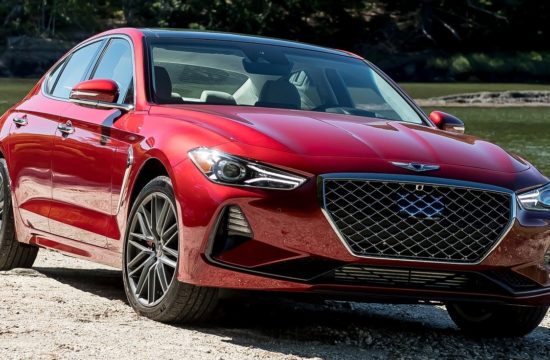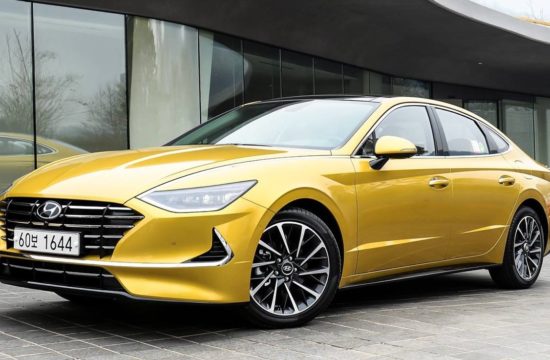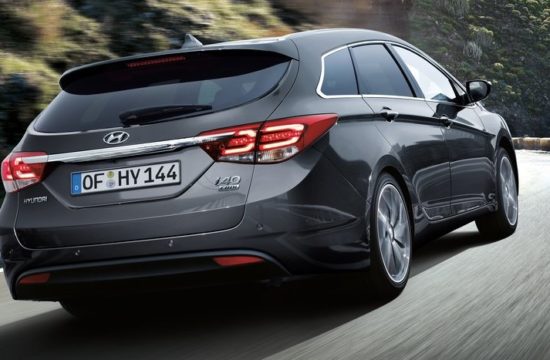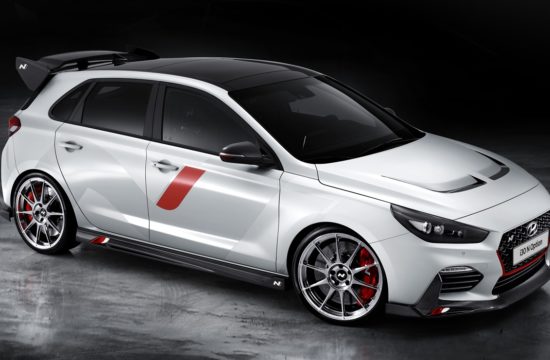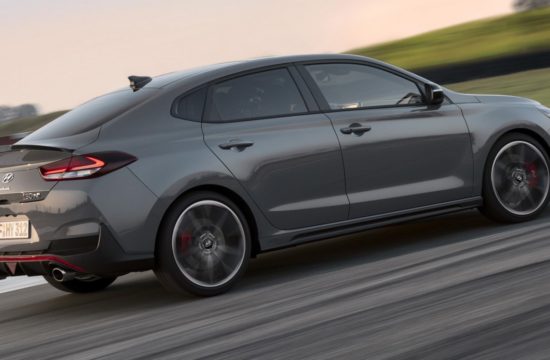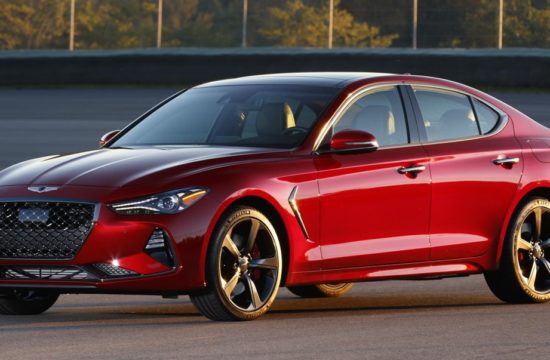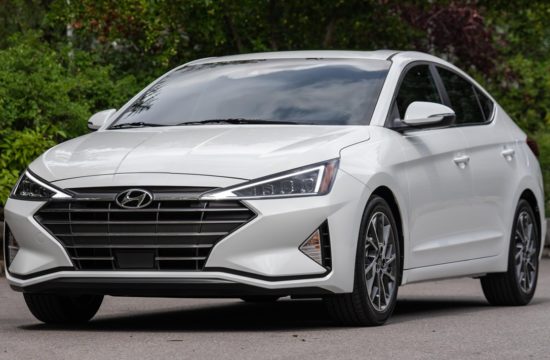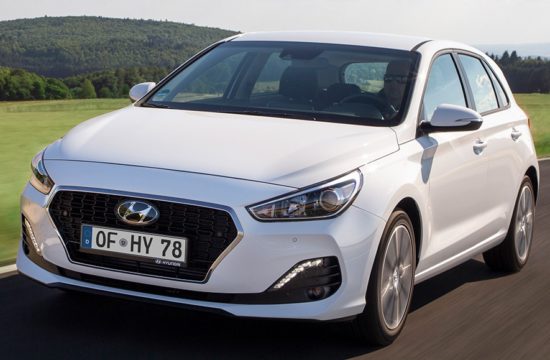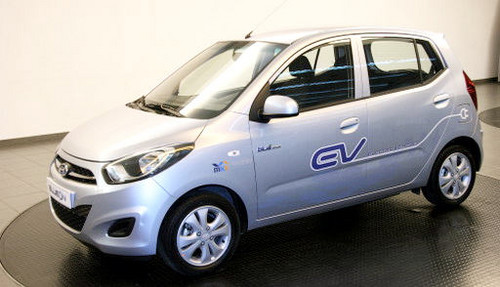
Hyundai is previewing the new i10 hatchback through this, the BlueOn FSEV Electric Vehicle. BlueOn is the Korean firm’s first Full Speed Electric Vehicle and it’s big leap for Hyundai in their quest to become an eco-friendly company. They revealed the car in Korea and for the time being it will stay there to pass a number of tests and evaluations. Hyundai has invested heavily in this car, as their next electric cars will be based on its system.
The name ‘BlueOn’ derives from Hyundai’s Blue Drive strategy, which encompasses the company’s eco-friendly products and technologies. The word ‘On’ symbolizes “switch on.” Steady on after the unveiling of the car, Hyundai is planning to provide 30 BlueOn vehicles as test fleets to various government organizations in Korea.
These vehicles will be mainly used to help develop and test charging infrastructures for about two years, until August 2012. Furthermore, these cars will be used for promotional purposes, starting with the upcoming G20 summit, to boost Korea’s eco-friendly image.
The Electric powertrain of the BlueOn consists of a highly efficient electric motor powered by an innovative 16.4 kWh LiPoly (lithium-ion polymer) battery technology that offers numerous advantages over other battery types. BlueOn boasts a maximum power of 81ps(61kW) and maximum torque of 21.4kg/m(210Nm). BlueOn boasts a maximum speed of 130km/h and 0-100 km/h is achieved in 13.1 seconds.
The car features a Virtual Engine Sound System (VESS), which creates an artificial sound for the safety of pedestrians, as electric vehicles make little to no sound when driving at low speeds. Toyota too has recently introduced a similar system for the Prius.
BlueOn can travel as much as 140 km on a single charge. It also accommodates dual recharging methods: a 220V household power and a 380V industrial-strength power, which promises quick recharging speeds. Under the household power, the battery will be fully recharged within six hours. Under the quick charge method, the battery can be recharged to about 80 percent of its capacity within 25 minutes.
The production versions of this car are due to arrive by 2012.

